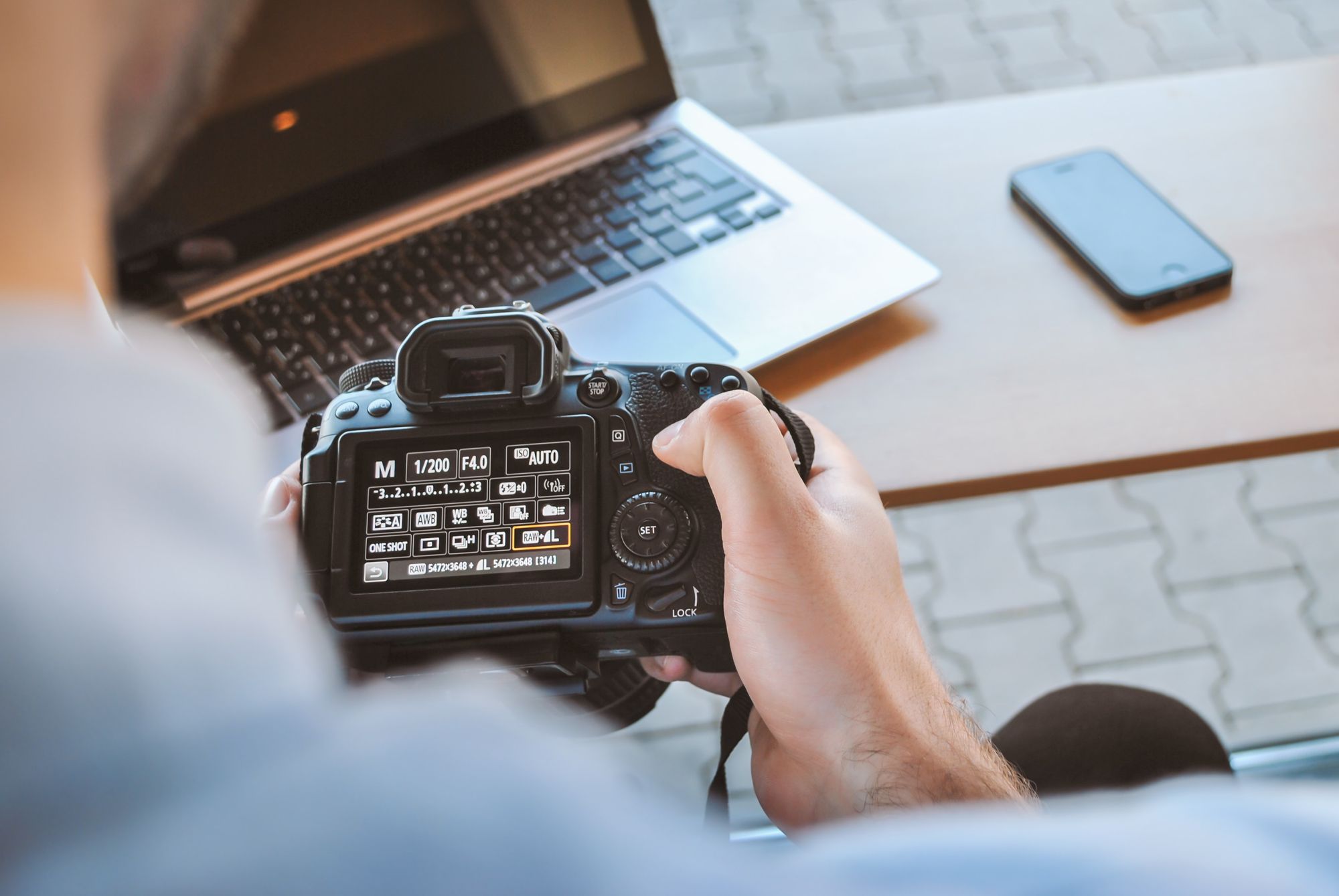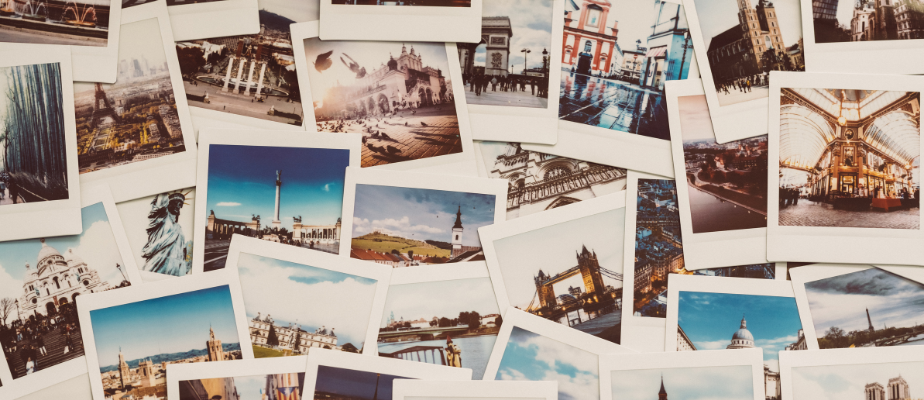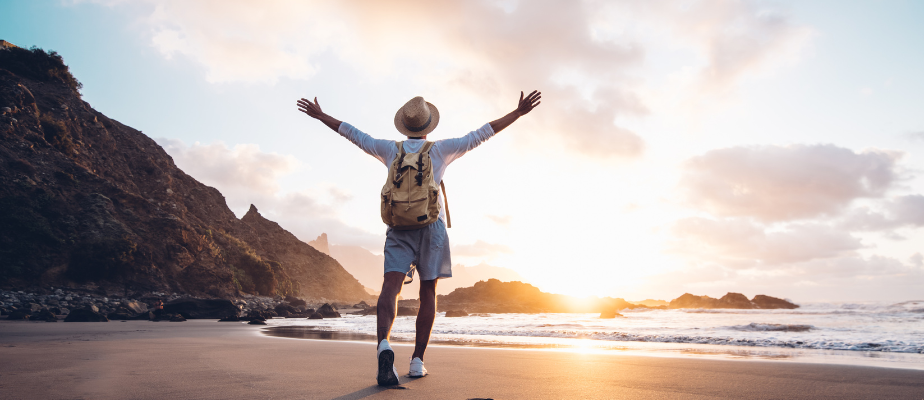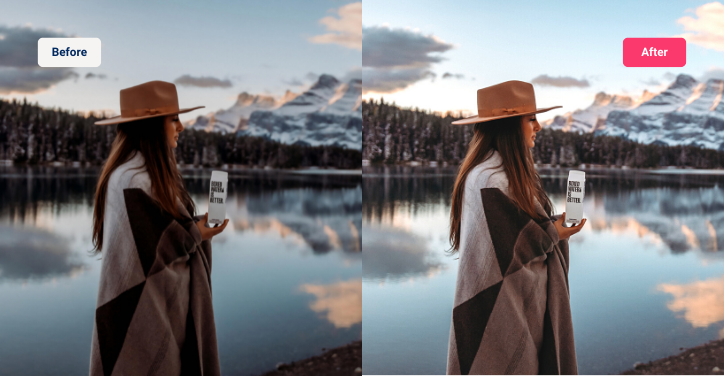Better quality of travel photos with AI - Post-processing tips

The holiday season is almost over and a large part of us is sure to have tons of souvenir photos from our travels. However, probably not every photo looks satisfactory.
Anyone with a smartphone can take high-quality pictures. But if you really want to make your travel photos stand out, you can use AI-powered post-processing tools to give them a professional finish.
In this article, we’ll show you five of the best ways to use AI to improve your travel photos!
What is post-processing?
Post-processing is the act of enhancing your photos after taking them. Post-processing might include adjusting exposure, color, cropping, adding filters, etc. Photo editing refers to the broader term of adjusting the color, brightness, and contrast in images, regardless of whether they were taken with a camera or phone.
There are many different ways to edit a photo, including adding filters, adjusting the colors, brightness, contrast, and more. It’s important to note that when you’re editing a photo, you’re making changes to the photo as a whole — not just fixing certain parts that you don’t like.

The most common photo quality problems when traveling
The most common photo quality problems when traveling are blurriness, poor lighting, and bad composition. Blurriness can be caused by a number of factors, including camera shake, subject movement, and low light.
Poor lighting is often the result of incorrect exposure settings or insufficient light. Bad composition can be caused by a number of factors, including not framing the subject correctly or not using leading lines effectively.
These problems can be fixed with post-processing techniques such as cropping, straightening, and adjusting the brightness and contrast. Post-processing can also help to improve the overall quality of your photos.

Tips for getting the most out of AI post-processing
There are a few things you can do to get the most out of AI post-processing for your travel photos.
There are a number of different AI post-processing effects available, so it’s worth taking some time to explore what’s out there. You can try different effects on your base image to see what looks best. Once you find an effect you like, you can then tweak the settings to get the perfect result.
It’s also important to remember that less is often more when it comes to AI post-processing. Sometimes, the simplest changes can make the biggest difference. So, don’t be afraid to experiment and see what works best for your photos.
Of course, it’s still important to take good care of your camera and know what settings to use in order to get the best possible results. But if you’re willing to put in a little extra effort with post-processing, you can really take your travel photography to the next level.

Deep-image.ai — AI-based photo enhancer
Deep-image.ai is an AI-based photo enhancer that can help you get higher-quality photos from your travels. The software uses artificial intelligence to automatically improve photo quality. It can fix common problems such as blurry images, poor lighting, and low contrast.
Deep-image.ai has a number of filters you can use to improve the look of your photos. If you’re looking for a way to get better quality travel photos, Deep-image.ai is definitely worth checking out. There are 5 filters available in the app:
1. Upscale 2x, 3x, 4x
2. Noise reduction
3. Sharpen
4. Background removal
6. Light correction
With fully automated image processing, it will literally take you a few seconds. In addition, you don’t have to correct each photo individually. With batch uploading, you can correct thousands of photos in one go (I’m not exaggerating!).

The benefits of using AI for post-processing photos
1. There are many benefits to using AI for post-processing photos. AI can help to improve the quality of your photos, and it can also help to speed up the process.
2. AI can be used to automatically correct common problems with photos, such as exposure and color. AI can also be used to enhance details and get professional effects.
3. AI is also very helpful for batch processing large numbers of photos. This can save a lot of time, especially if you have a large number of photos to process.
4. And last, but not least. The algorithms are still getting better and better. If you have a special use case and want to improve the results of enhancement, we can train the model to be the best in your kind of image. That is the huge advantage of artificial intelligence over traditional tools.

Conclusion
If you’re looking to get higher-quality travel photos, you should definitely consider using AI post-processing tools. These tools can help you fix common problems like poor lighting and composition, and they can also help you add artistic touches to your photos that will make them really stand out.

